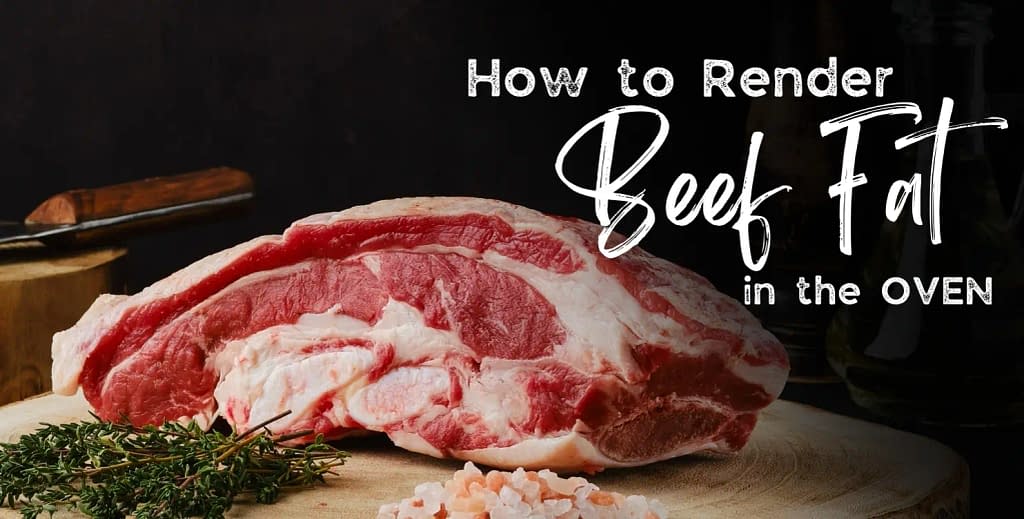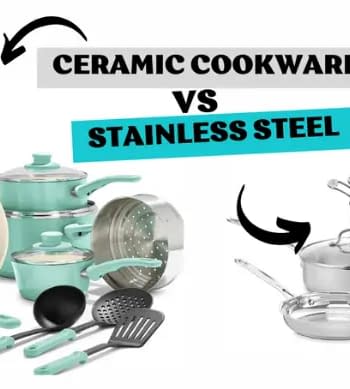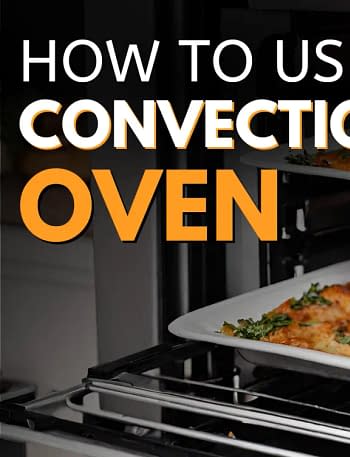
There is something deeply satisfying and almost magical about rendering beef fat in the oven. As the aroma of sizzling, melting fat wafts through the kitchen, it promises a rich, flavorful culinary adventure unlike any other. This humble process transforms what was once an oft-discarded byproduct into liquid culinary gold – a versatile, premium ingredient that can elevate any dish with incredible depth of beefy flavor. Let that irresistible aroma beckon you as we explore the art of rendering beef fat at home.
Table of Contents
The Beauty of DIY Beef Fat Rendering
Most people simply toss away beef fat trimmings without a second thought, resigning them to the trash or compost bin. However, the resourceful home cook knows better than to let that beefy essence go to waste. Rendering that fat yourself allows you to extract every ounce of rich flavor from those trimmings, ensuring nothing gets cast aside needlessly. It maximizes the flavor value of your ingredients.
Rendering beef fat at home also offers a healthier alternative to store-bought oils and fats since you control exactly what goes into it from start to finish. No additives, preservatives, or mystery ingredients – just pure, high-quality fat rendered from wholesome, natural beef.
It is also surprisingly economical, making it an excellent budget-friendly option. Instead of splurging on pricey oils and butter, you can harness the richness of humble beef fat trimmings that might otherwise get discarded. A little rendered beef fat goes a long way in adding unbeatable flavor to dishes. Once rendered and properly stored, it keeps for months, making it a versatile pantry staple.
Choosing a Premium Cut
The first key to successful rendering is choosing the right beef cut from your butcher or grocer. Look for tougher, fattier cuts like brisket or plate with gorgeous marbling and thick veins of creamy fat streaking throughout the meat. This marbling yields an exceptionally rich, robustly beefy rendered fat.
For premium, gourmet-quality results, opt for high-quality grass-fed or organic beef whenever possible. The rendered fat will possess nuanced notes you cannot achieve with commodity beef. The thicker the creamy fat vein, the more luscious liquid tallow you’ll render.
Preparing the Beef Fat
Preparing beef fat for low-and-slow oven rendering is straightforward. Carefully cut the fat cap and pockets of solid fat away from the meat into uniformly sized cubes or pieces. Ensuring equal sizes allows for even rendering without any pieces overcooking.
Once cut, spread the fat pieces in a single layer on a parchment paper-lined baking sheet, avoiding overlapping to maximize exposure. Your beef fat is now ready for its rendering transformation.
The Rendering Process
Now, place those prepared fat pieces in the oven and let the low-and-slow magic happen. Set your oven to around 200-225°F. This gentle, lower heat is key for gradual, even rendering from the inside out without scorching the exterior before the interior liquefies.
As it renders, you’ll hear sizzles and pops as the solid fat slowly melts into a golden pool. This mouthwatering aroma will fill your kitchen, reminiscent of a succulent beef roast. Resist constantly opening the oven door – undisturbed is best.
However, after the first hour, gently stir and flip the fat pieces occasionally with tongs or a fork to promote even browning. Continue rendering until the liquid fat takes on a deep, nutty, caramelized brown, and any solids appear crisped to perfection. This color signals rendering perfection.
The Oven Method’s Ease
This oven method is nearly effortless compared to laborious stovetop rendering, where you constantly monitor a sputtering pan. With the oven’s consistent heat, the fat renders gradually and evenly from all angles without scorching or burning risks.
Additionally, this hands-off technique allows you to experiment by adding different herb and spice blends directly to the solid fat pieces before rendering. Woody herbs impart earthy notes while warming spices provide exotic depth.
Straining and Storing
Once your rendered beef fat achieves a deep golden brown in the oven, strain and store it properly to preserve quality. Line a fine mesh sieve with a double cheesecloth layer over a heat-proof bowl. Carefully pour or spoon the hot rendered fat through the sieve to remove any gritty bits or browned herbs.
The bowl will contain a pool of velvety, freshly rendered liquid gold tallow. Transfer this to an airtight container while still warm and liquid.
Once cooled to room temperature, your tallow will solidify or semi-solidify and be ready for refrigerator storage. Properly stored in the fridge, this culinary treasure retains its fresh quality for at least 6 months.
Savoring the Endless Possibilities
Having a stash of homemade rendered beef fat opens up endless culinary possibilities, adding richness, luxury, and flavor to virtually anything.
Use it to sauté vegetables on a beefy base before deglazing. Fry up crispy french fries or chicken with unbeatable crunch and flavor. Toss roasting vegetables in melted tallow for an incredible meaty, savory depth. Drizzle over popcorn for an indulgent treat. Slather on bread for pure beefy essence.
This richness also elevates baked goods – rendered fat produces incredibly flaky pie crusts, biscuits, and pastries with its signature robust flavor. It can bring nuanced notes to desserts like caramel or ganache.
Beyond the kitchen, pioneers used tallow for long-burning candles and ultra-moisturizing skincare products. Craft old-fashioned tallow candles or rustic soaps for a touch of history.
The humble rendered beef fat is truly a versatile culinary treasure deserving of a place in any kitchen. Use it to fry, roast, bake, or simply enhance other dishes with its unmistakable beefy richness. Tallow candles and skincare products showcase their utility beyond cooking. Don’t let beef fat go to waste – render it into liquid gold instead.
Conclusion
Rendering beef fat into tallow is a simple process that yields an incredibly versatile ingredient. By carefully rendering beef fat trimmings in the oven, you can easily create this liquid culinary gold at home. Straining and properly storing the rendered fat allows you to keep a supply of this richness on hand for months.
Don’t resign beef fat to the trash – unlock its full savory potential through rendering. With some rendered beef tallow in your kitchen, you gain the ability to impart an unmatched beefy luxury to any dish through frying, roasting, baking, or simply finishing. From crispy fried chicken to flaky pie crust, its applications are endless.
Stop wasting money on expensive cooking oils and start rendering beef fat today. This humble ingredient will elevate your culinary creations with gourmet richness previously unattainable. Rendering beef fat is effortless but yields magnificent flavor – the ultimate return on investment.





